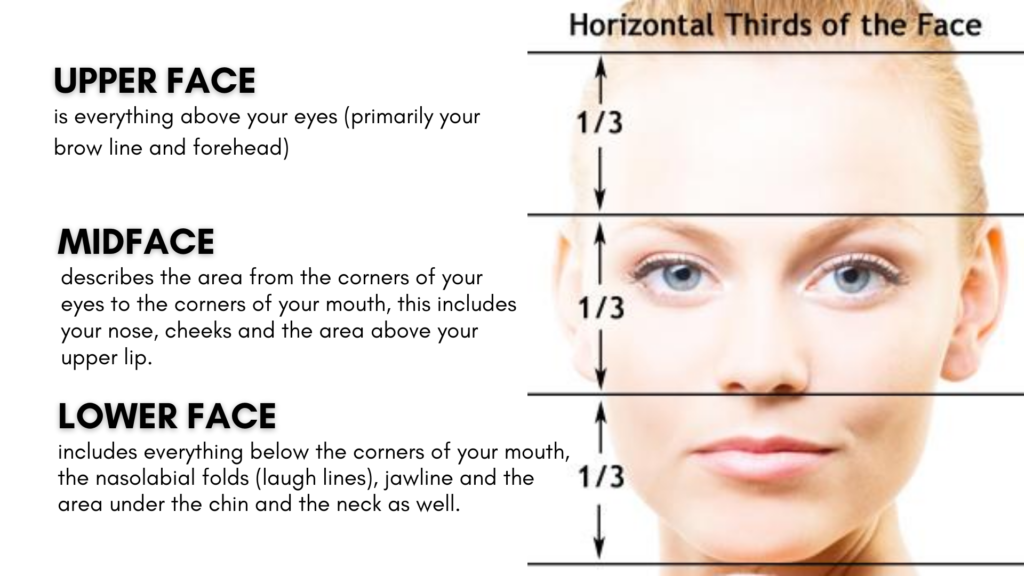In time, gravity, sun exposure, and the stresses of daily life take their toll on our faces and necks. Deep creases appear beside the mouth, the jaw line slackens and becomes jowly, and the neck develops loose folds and fat deposits. Facelifts counteract these signs of aging by tightening muscle, removing fat, and trimming excess skin, giving your face a fresher, youthful look.

Facelifts, technically known as rhytidectomies (literally, “removal of wrinkles”), rejuvenate the mid-to-lower face and neck. Facelifts can produce a dramatic improvement in appearance for patients with the problems mentioned above. However, facelifts do not stop the aging process. In time, signs of aging will gradually appear once again.
Further, facelifts will not rejuvenate the brow, eyelids, nose, and some of the mid-face. Patients who want to improve these areas may consider combining a facelift with a brow lift, a mid-face lift or eyelid surgery (blepharoplasty).
Injectable soft-tissue fillers, facial implants and skin resurfacing can also enhance the effects of a facelift.
